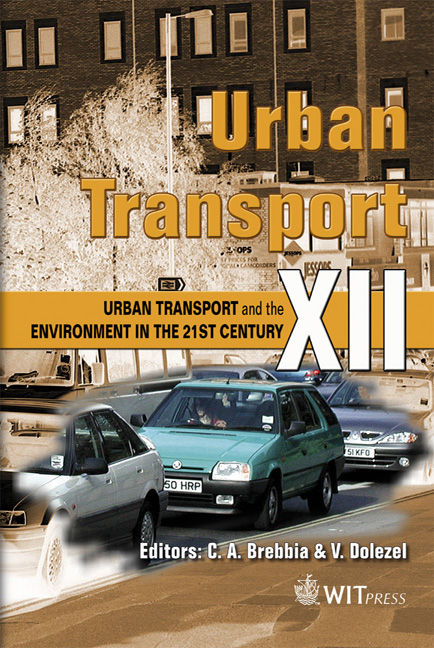Analysis Of User Behaviour At A Roundabout Under Car-following Conditions
Price
Free (open access)
Transaction
Volume
89
Pages
10
Published
2006
Size
688 kb
Paper DOI
10.2495/UT060321
Copyright
WIT Press
Author(s)
G. Guido & A. Vitale
Abstract
Roundabout intersection planning in urban areas has spread remarkably, especially in Europe. Compared with the conventional intersection layout, this system is suitable for improving road safety and the urban landscape. In the literature there are many studies regarding car-following models; the innovative characteristic of this research is the analysis of user behaviour at a roundabout. In fact, the main aim is to develop a car-following model allowing the definition of flow conditions under high vehicular densities at this type of intersection. The car-following model consists of a stimulus-response function; its calibration and validation has been made by the analysis of many parameters influencing traffic flow. These parameters have been observed with a video data acquirement technique in order to minimize the distance between the observed variables and the estimated one. Preliminary results show a strong correlation between the observed behavioural parameters and the output of the model, forecasting vehicular trajectories at a roundabout. The estimation of traffic parameters in car-following condition is useful to define the geometry of the intersection (length of weaving area, number of lanes, diameter, number of entries) and to forecast conditions that could lead to behavioural anomalies connected with a reduced safety level for users. Keywords: driver behaviour, roundabout, car-following, model. 1 Introduction The conditions of circulation on the road network have never been more important, above all in the urban context. In fact, vehicular traffic congestion produces increasingly frequent inconvenience to the users and causes negative effects in terms of safety and environmental pollution.
Keywords
driver behaviour, roundabout, car-following, model.





